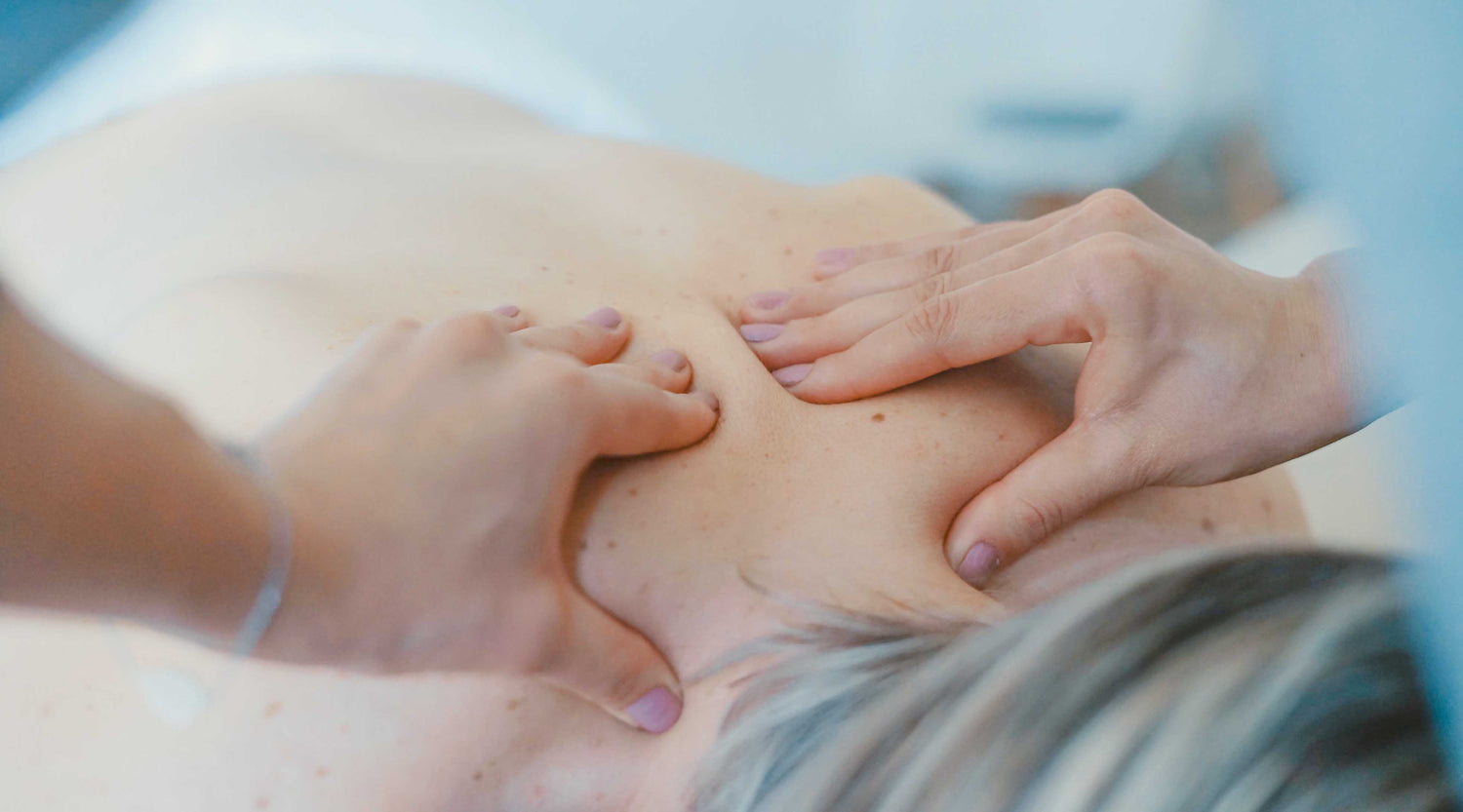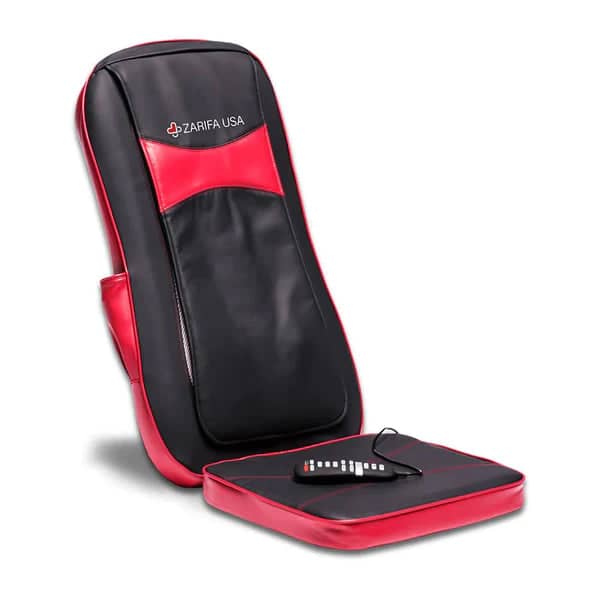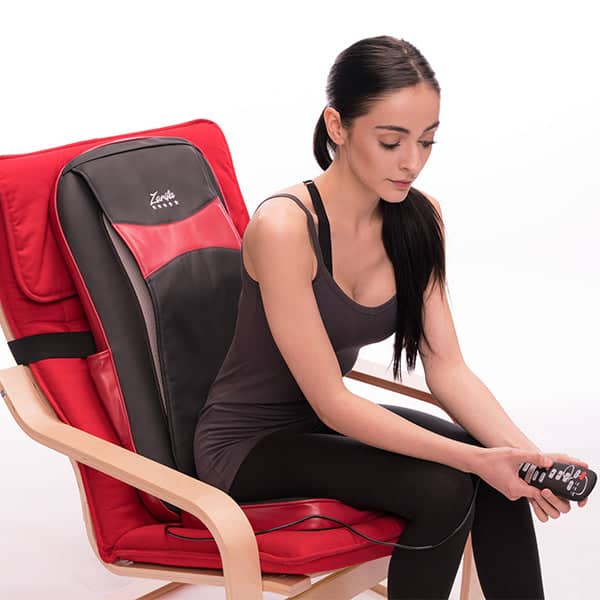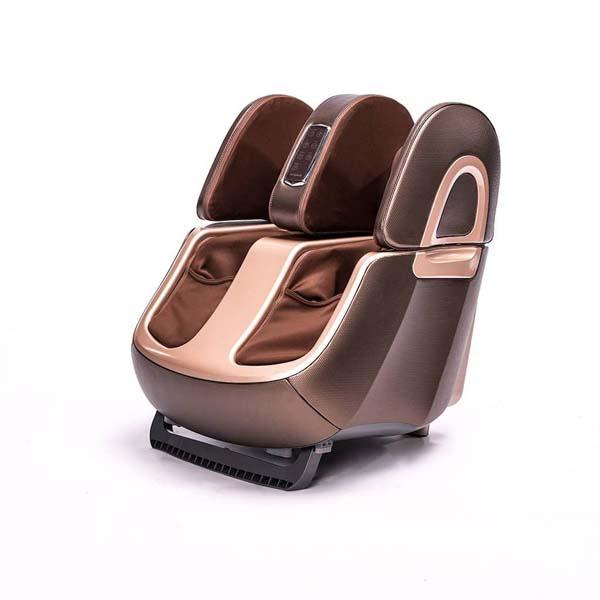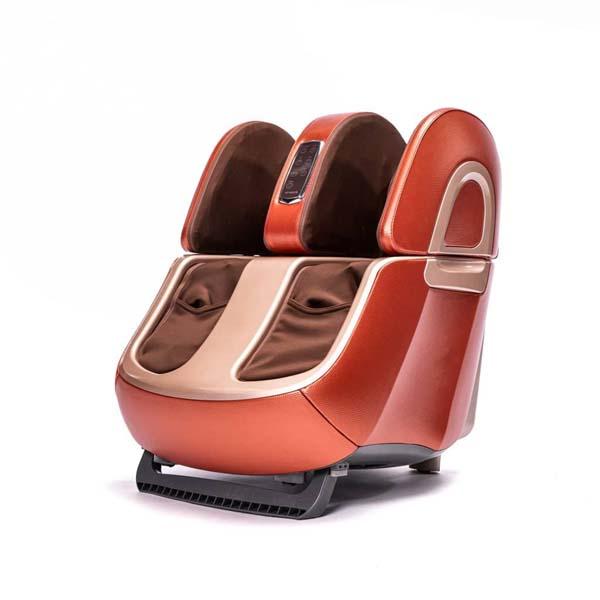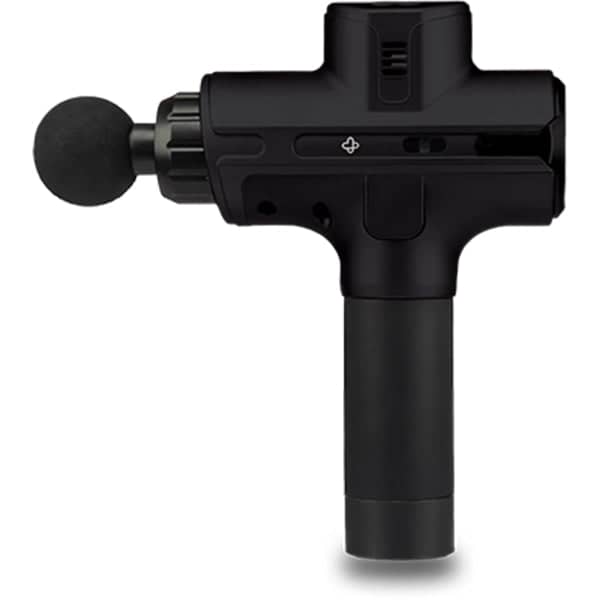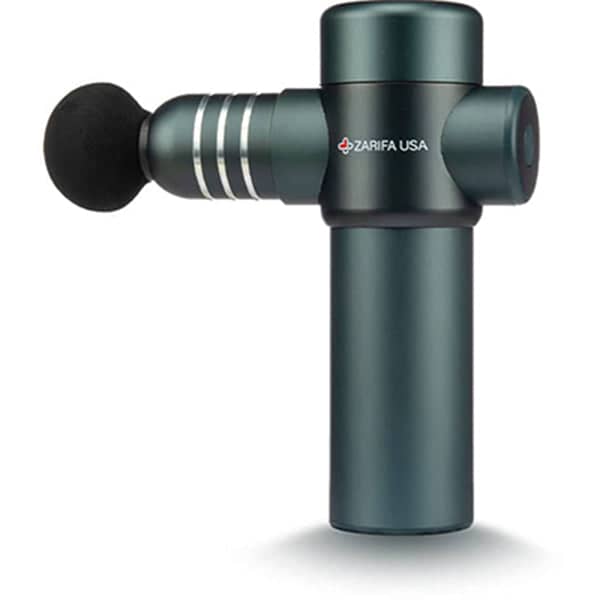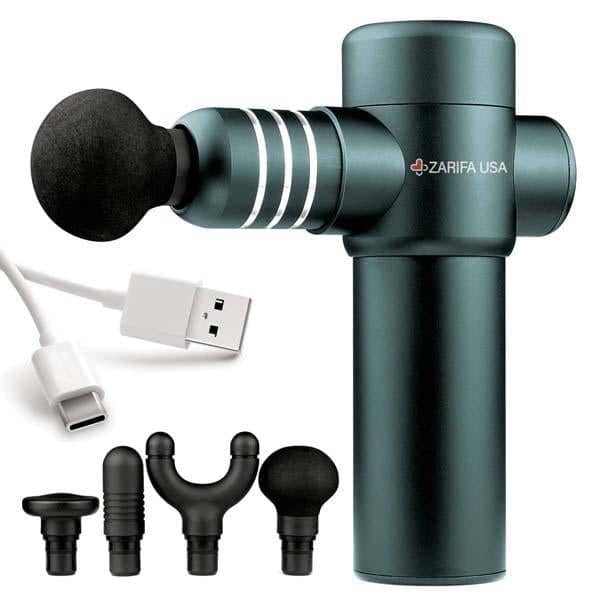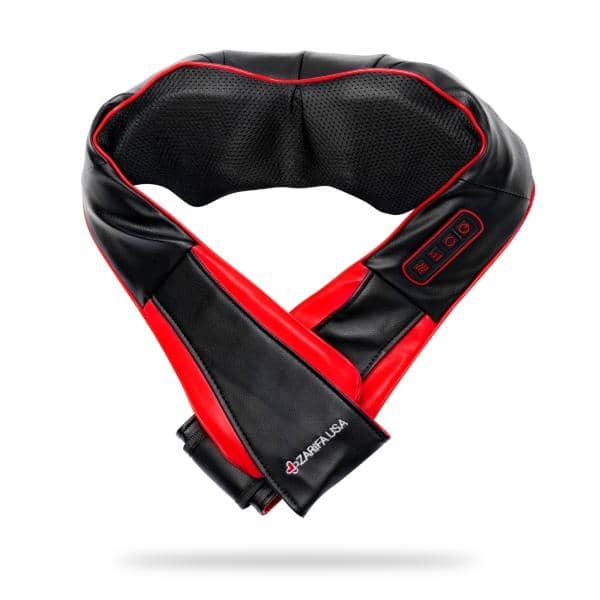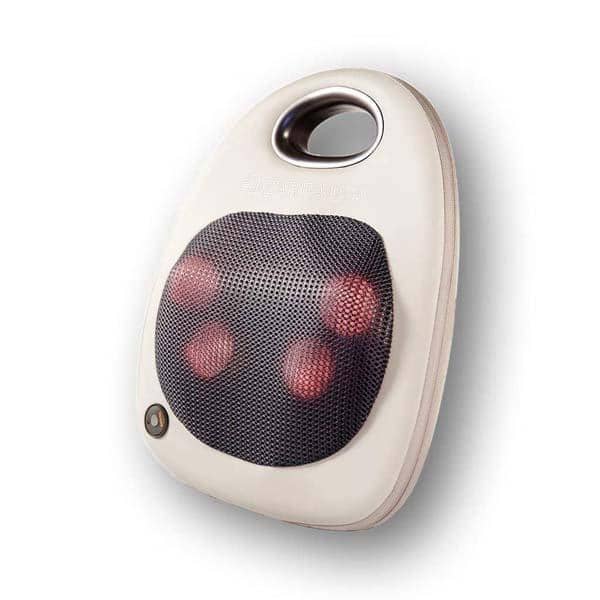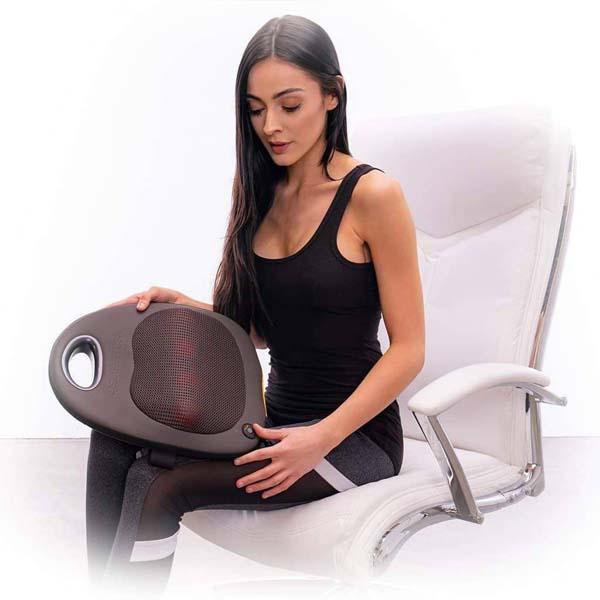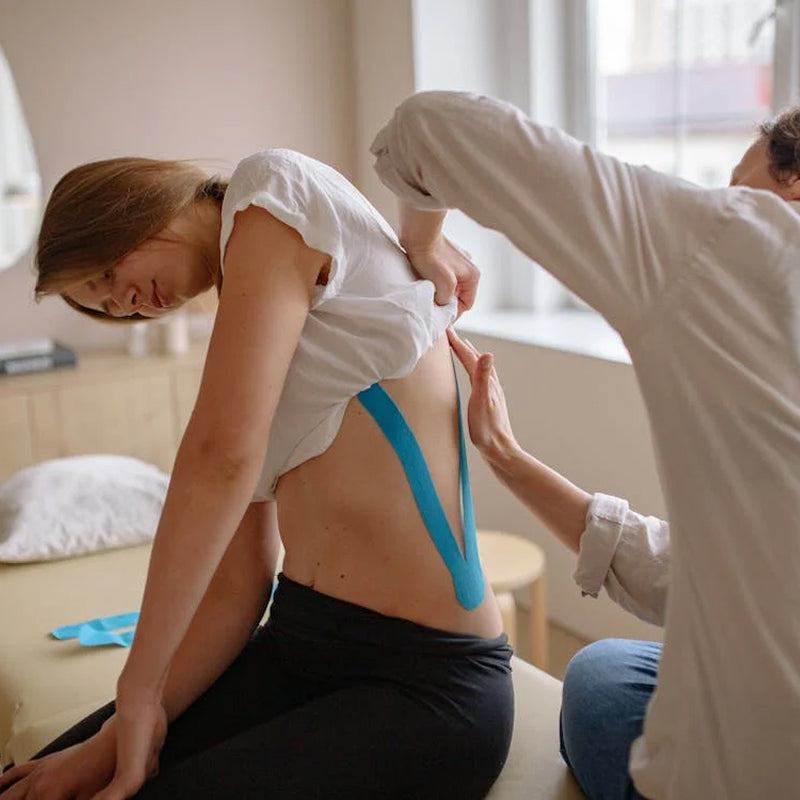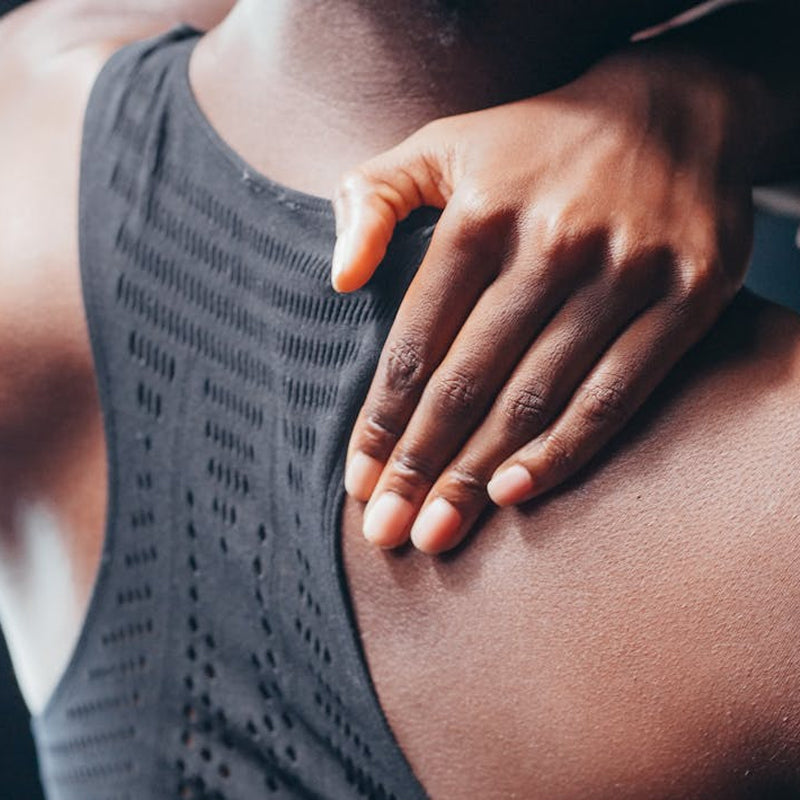Massage therapy is proven to be a great alternative to traditional pain management. For many people suffering from a condition called tendinitis, which is the inflammation in tendons due to overuse or injury, it can be a huge help with recovery and pain relief. Since tendonitis can take weeks to heal, using massage therapy to relax and strengthen the inflamed tendon can increase the chances of a full and speedy recovery.
Do Massage Guns Help Tendonitis: What Exactly is Tendonitis?
Tendons are bands of very strong connective tissue in the body that attach muscles to bones. Tendonitis happens when a tendon becomes inflamed or irritated. People suffering from tendonitis will typically feel it in their major tendons, like those in the neck, elbows, biceps, wrists, knees, or Achilles. Achilles tendinitis is a common sports injury caused by overuse of the Achilles tendon.
Overuse and injury can lead to the growth of small blood vessels into the tendon, contrasting with healthy tendons that typically do not have blood vessels infiltrating them.
Inflammation of a tendon is most often caused by overuse. For instance, when tennis players regularly use their arms to swing their racket and hit the ball, they can develop tendonitis in their shoulders, elbows, and wrists. Overuse causes the tendon to strain repeatedly until tiny tears form. The Achilles tendon can weaken and rupture due to persistent inflammation and overuse. Individuals with rheumatoid arthritis are at a higher risk of developing Achilles tendinitis. Other causes of tendonitis can include heavy weightlifting, improper form when exercising, inadequate recovery time between workouts, and specific anatomical issues like calcium deposits that form around a tendon or an abnormal joint or bone. Risk factors for tendonitis include repetitive activities and other factors that increase susceptibility.
Definition and Explanation
Tendonitis is a common condition characterized by inflammation and irritation of the tendons, which are bands of strong connective tissue that attach muscles to bones. One of the most frequently affected tendons is the Achilles tendon, located in the lower leg. This tendon is particularly susceptible to tendonitis, especially in individuals who engage in repetitive activities such as running or jumping. When the Achilles tendon becomes inflamed, it can cause significant pain, stiffness, and limited mobility in the affected area, making everyday activities challenging.
Causes of Tendonitis
Tendonitis often results from repetitive strain or overuse of the affected tendon, leading to inflammation and irritation. However, several other factors can contribute to the development of this condition:
- Poor posture or biomechanics: Incorrect body alignment can place undue stress on tendons.
- Muscle imbalances or weakness: Disproportionate strength in muscle groups can lead to overcompensation and strain on tendons.
- Inadequate warm-up or cool-down exercises: Skipping these essential parts of a workout can increase the risk of injury.
- Sudden changes in activity level or intensity: Rapidly increasing the intensity or duration of physical activity can overwhelm tendons.
- Age-related wear and tear: As we age, tendons lose elasticity and become more prone to injury.
Understanding these causes can help in taking preventive measures to avoid tendonitis.
Symptoms and risk factors of achilles tendonitis
Symptoms of tendonitis may include the following tendinitis symptoms:
- Pain
- Tenderness
- Muscle weakness
- Stiffness or restricted mobility
- Swelling around the affected area
- Warmth of the skin around the affected area
- A grating sensation as the tendon moves
- Muscle pain
How does massage and physical therapy help manage tendonitis?
Treatment for tendonitis typically includes rest, icing, and anti-inflammatory medications. Tendonitis patients should also discontinue any heavy lifting or movements that caused the pain and tenderness in the first place until they heal. Physical therapy is crucial in stretching and strengthening the muscle and tendon as part of the treatment for tendonitis.
In conjunction with these traditional treatments, massage therapy is also becoming a common and highly effective treatment for tendonitis. Massage targets and works the injured tendon fibers and surrounding muscle tissue. Thereby, it loosens muscles, boosts blood circulation, and encourages healthy collagen in and around the problem area. Proper stretching, strengthening techniques, and biomechanics modification are essential to prevent tendonitis from returning.
Chronic tendonitis can greatly affect a person's mobility, range of motion, comfort, and quality of life, which can lead to increased stress and depression. Massage therapy can not only help relieve the physical pain that comes with tendonitis, but it can also help to reduce any emotional distress by relaxing the nervous system and encouraging the release of feel-good hormones. There are a variety of massage types available, but the best ones for tendonitis include the following.
Sports massage
Sports massage therapy is a highly effective way of managing and treating the pain caused by tendonitis. Focusing massage techniques on the calf muscles can be beneficial for managing pain related to Achilles tendonitis. Playing sports is a common cause of tendonitis due to injury or overuse. It is ideal for those experiencing tendonitis in the heel or Achilles. Sports massage combines several different forms of massage and muscle manipulation to stretch and stimulate the muscles. By applying sustained pressure and friction to the tendon, sports massage can treat tendonitis and improve pain and mobility.
Deep transverse friction massage (DTFM)
With a DTFM massage, a qualified massage therapist uses short back-and-forth motions with his or her fingers around the affected area, rather than over it. It is important to avoid direct impact on the heel bone when using massage techniques for Achilles tendonitis, as it can exacerbate pain and irritation. Inflammation and thickening of the tendon sheath can lead to pain and restricted movement. This is an effective soft tissue management treatment. This type of active release technique is used to repair scarred tissue and abrasions and restore mobility.
Deep tissue massage
Deep tissue massage may be one of the best massage techniques for treating and alleviating tendonitis. A physical therapist can recommend proper stretching and strengthening techniques to treat tendonitis effectively. It treats chronic pain by combining firm pressure and slow strokes to reach the deep layers of muscle and fascia. This technique is used to enhance circulation and break up scar tissue. The effects of deep tissue massage include reduced swelling and pain relief.
Mini Massage Gun (HSA/ FSA Eligible)
Instead of getting traditional massage therapy regularly with a massage therapist, you can use a handheld massage gun in the comfort of your own home. Everyone from professional athletes to recreational gym-goers benefits from massage guns. Those with chronic pain love these powerful massagers for many reasons. Tendonitis is a common overuse injury that occurs due to repetitive motions in jobs or sports.
Massage guns can be particularly useful for managing Achilles tendonitis by focusing on surrounding muscles to avoid exacerbating the condition. Percussive therapy can help muscles recover faster, reduce muscle fatigue and the build-up of lactic acid, improve range of motion and flexibility, alleviate pain, encourage blood flow, help with muscle stiffness, and more. Repetitive movements can lead to tendonitis, so it’s important to avoid such activities to reduce inflammation.
When you use a massage gun correctly, it can even help with stress and sleep issues. The convenient portable massage gun is especially great for targeting parts of your body that are traditionally left out of regular massage therapy, like your elbows, lats, and hips. With the deep tissue massage gun, you can work any area on your body that needs attention, even those that are hard to reach.
When you are suffering from tendonitis, massage guns can speed up recovery and improve healing by improving circulation. Of course, the use of a massage gun should not be the primary or only treatment you use to recover, but it can provide significant assistance in your overall recovery and rehabilitation plan.
How to find the right massage therapist for overuse injury and tendonitis
If your tendonitis is chronic or persistent, you could benefit from massage therapy, but you must be careful. It’s best to avoid booking a massage or using a massage gun within 48 hours of the initial onset of the injury. This could make your condition worse. Tendonitis can cause joint pain and stiffness as a result of tendon inflammation.
A qualified massage therapist can also help with other musculoskeletal issues, such as neck pain, by using appropriate massage techniques.
It’s also important to remember that massage therapy should be used in conjunction with traditional treatments for tendonitis. You will achieve the best results with a combined pain management program of rest, pain-relieving medicine, icing, and massage therapy. Poor posture can contribute to tendon problems and repetitive strain injury (RSI).
When to Seek Medical Attention
If you are experiencing persistent or severe pain in the Achilles tendon, it is crucial to seek medical attention. A healthcare professional can accurately diagnose tendonitis and recommend appropriate treatment options. These may include physical therapy to strengthen and stretch the affected tendon, medication to reduce inflammation, or in severe cases, surgery to repair the damaged tissue. Ignoring the symptoms of tendonitis can lead to further complications, such as tendon rupture or chronic pain, making early intervention essential for effective recovery.
Prevention and Maintenance
Preventing tendonitis requires a combination of proper training, stretching, and strengthening exercises. Here are some tips to help keep your tendons healthy and reduce the risk of developing tendonitis:
- Warm up and cool down properly: Always start and end your workouts with appropriate warm-up and cool-down exercises to prepare your muscles and tendons for activity.
- Incorporate stretching and strengthening exercises: Regularly perform exercises that target the muscles and tendons to improve flexibility and strength.
- Gradually increase activity level and intensity: Avoid sudden spikes in your workout intensity or duration to prevent overloading your tendons.
- Wear proper footwear and orthotics: Ensure you have the right shoes and support to maintain good posture and reduce strain on your tendons.
- Maintain good posture and biomechanics: Focus on proper body alignment during activities to minimize stress on your tendons.
- Use a massage gun or other percussive therapy tools: These tools can promote blood flow, reduce muscle tension, and help prevent delayed onset muscle soreness, contributing to overall tendon health.
By following these preventive measures and incorporating regular maintenance into your routine, you can significantly reduce the risk of developing tendonitis and promote overall muscle and tendon health.
Foot Massager Plus (HSA/ FSA Eligible)
Finding the right massage therapist to treat your tendonitis requires research. You need to find a therapist that’s qualified in massage therapy, as well as a professional that has expertise in the field of sports massage therapy or dealing with injuries.
Tendonitis can occur where a tendon connects a bone to a muscle in various parts of the body. A foot massager can help alleviate muscle pain associated with tendonitis by improving circulation and reducing tension.
A qualified massage therapist should start by discussing treatment goals and also create an ongoing treatment program to help you increase strength and range of motion in the affected tendon to ensure you avoid any further injury and inflammation. A qualified massage therapist has the education and knowledge of the right massage techniques to treat tendonitis, as well as the ability to develop a pain management program for your long-term health and wellbeing.
All Zarifa USA products are HSA and FSA-eligible. This means you can contribute your health savings funds towards the purchase of any of our products!
The information contained in this article is for educational and informational purposes only and is not intended as health or medical advice. Always consult a physician or other qualified health provider regarding any questions you may have about a medical condition or health objectives.

